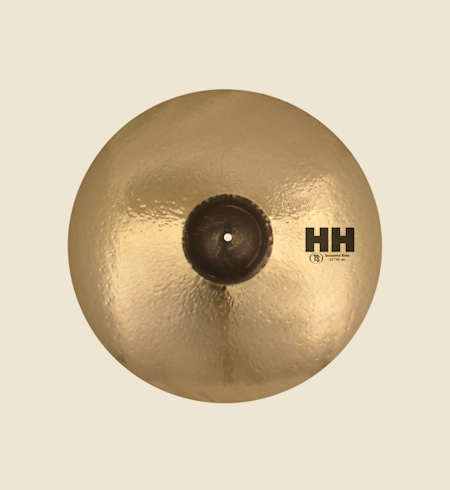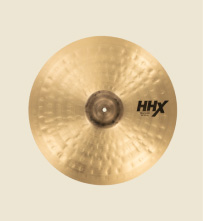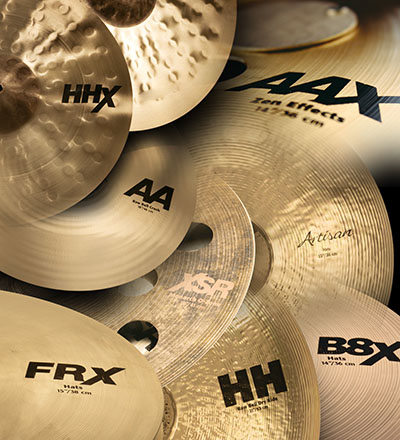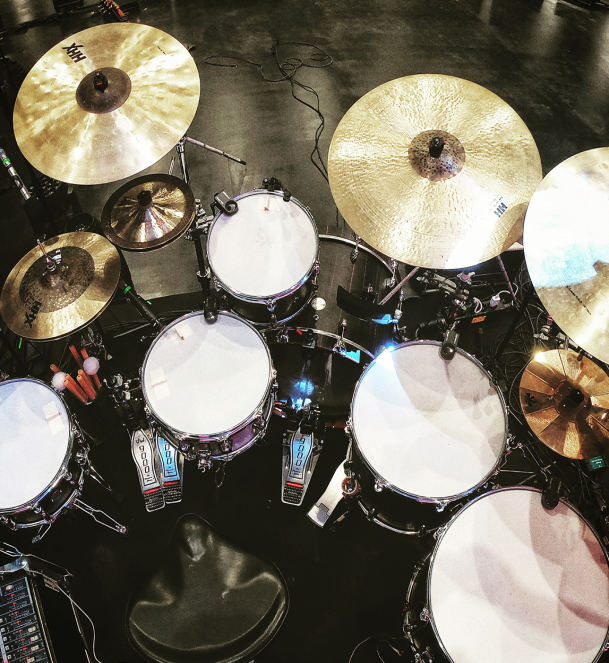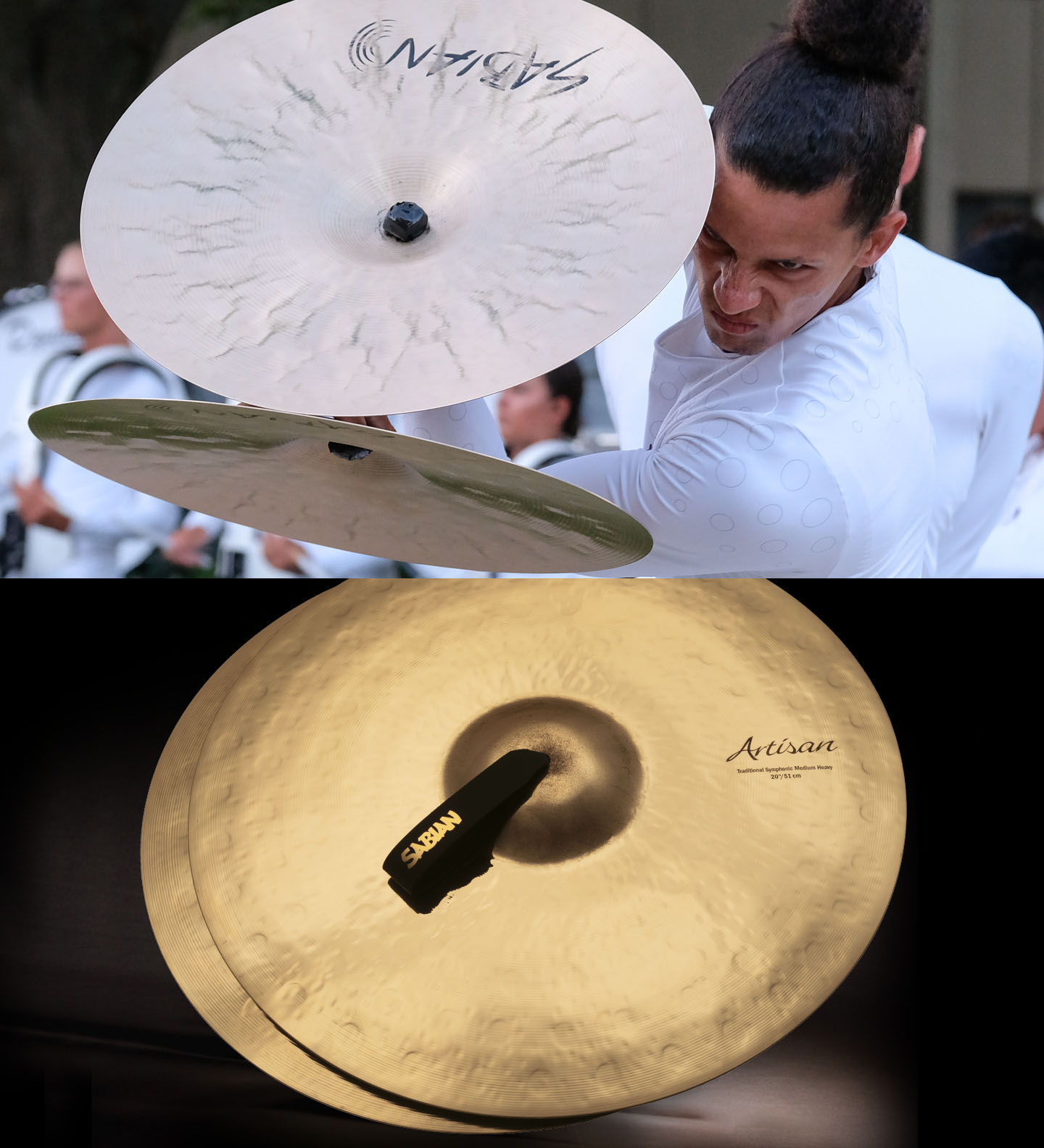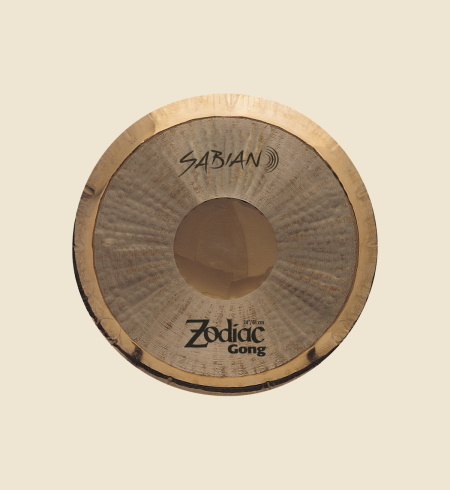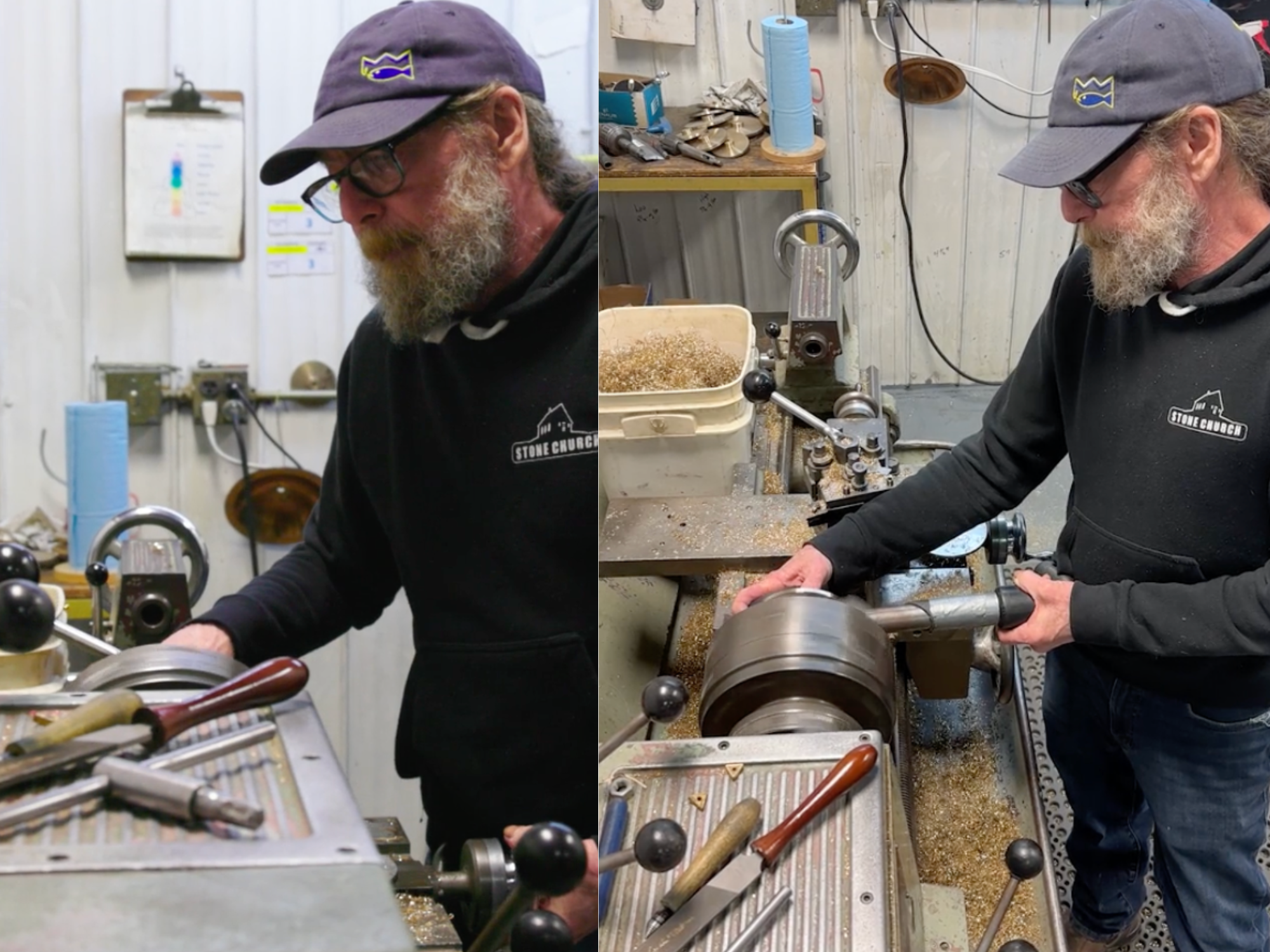One of SABIAN’s longest tenured employees, John Donovan has been with the company for 38 years. A skilled artisan at SABIAN’s factory in New Brunswick, John crafts SABIAN’s crotales, an in-demand instrument consisting of small, pitched metal disks mounted on a frame that create bright, bell-like tones when struck with a mallet or drumstick. We caught up with John and chatted through his long history with SABIAN.
SABIAN Blog: Where are you from originally?
John Donovan: Canterbury, New Brunswick [Roughly 12km from the SABIAN Factory]. Local guy.
SB: How did you first come to work at SABIAN?
JD: I lived in Vancouver for a while and things just weren’t working out. I was working two jobs. My dad [Francis ‘Frank’ Donovan] worked at the SABIAN Factory in the buffing room, turning regular cymbals into brilliants – that was back in 1986 – and he said there was a chance to get in, so I came home. I planted trees for a couple of weeks and then I got in here and I’ve been here since.
SB: You’ve been working on crotales for a long time, is that what you would have started on? What was your first job with SABIAN?
JD: No, I started hand hammering and lathing. I’ve worked the buffing room. I’ve worked the ovens, short raking, shoveling. As far as manufacturing, I’ve done most of it.
SB: How long have you been working on crotales specifically?
JD: Oh, over ten years. Actually, I hurt my shoulder and it never completely recovered. So, I couldn’t really lathe – I can lathe a little bit, but not all day. Same thing with the ovens, it’s hard work. Anything really heavy, my shoulder won’t take, and so the crotales are light. I have the previous experience being here so long, so it’s been good.
SB: You have been with SABIAN a long time –
JD: There’s a couple guys who’ve been here longer than me. Not many though [laughs].
SB: What keeps you passionate about the work you do on crotales?
JD: Just the demand for them! They’re really going viral since we changed the design in the start of 2020. They’re so in tune with the fundamental matching the harmonics, I can’t make them fast enough [laughs]. And it all depends on the metal – if they don’t sound good, they don’t go. The more I make, the more they seem to sell.
SB: Could you share a particularly memorable or rewarding experience you’ve had at SABIAN?
JD: I got to sit in the foreman’s office one afternoon – I can’t remember the year, it’s been quite a while – but I got to sit and chat with Neil Peart. That was cool. That was the same year as SARSstock [Molson Canadian Rocks for Toronto], because my wife and children and another couple, we went up to the concert in Toronto that year. It was RUSH, then ACDC, and then the Rolling Stones. It was quite a line-up. And then he was here at the Factory developing the Paragon series probably three weeks after that.
SB: What does a normal day look like for you in this role?
JD: I tune three or four days a week and then I come in Friday morning and test. After I make them, they have to rest, because they spike a little bit. They go a little bit sharp. So, after they sit for three or four days, I fine tune them and make sure they’re perfect, because I’m the last one to get them. From when they leave me, they go to the printer and then to shipping. I’m the last check.
SB: If you could leave folks with one thought about SABIAN and the work that you do, what would it be?
JD: To sum it up in one word, it’s our family.

